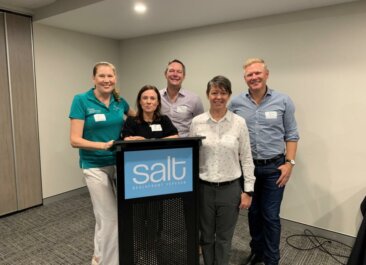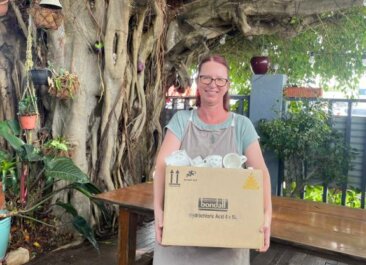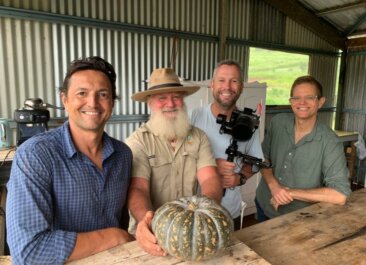Keppels Gentle Giants
Posted on September 5th, 2017
It’s been hard NOT to see a Humpback Whale in the Keppels this season, with many locals and visitors experiencing this added bonus onboard Freedom Fastcats, Keppel Konnections, Sail Capricornia, Pumpkin Xpress and most other charter and private boats!
Local underwater photography enthusiast and Freedom Fast Cats crew member “Millsy” has had some spectacular whale encounters in Keppel Bay this winter and has been sharing them on his Instagram account @millsymills71 (the picture attached to this column is attributed to @millsymills71)
You can see more of these amazing creatures enjoying our region by searching the #visitcapricorn hashtag and don’t forget to share your own unforgettable Capricorn Coast experiences with the hashtag as well – also use #southerngreatbarrierreef #thisisqueensland and #seeaustralia.
With the September school holidays upon us, if you haven’t enjoyed Keppel Bay for awhile, now is the time to enjoy a variety of cruise options with an added bonus that you may be lucky enough to witness these gentle giants!
Whilst Hervey Bay is renowned for whale watching, as whale numbers increase each year by 10 to 11%, more are being seen in our Keppel Bay waters each season from April to November, with the majority migrating north from June to August, and back towards the southern ocean from September to November. With a current population of about 30,000 Humpback (with a steady increase for the last 40 to 50 years), after a summer of feeding on krill in Antarctic waters, Humpbacks migrate north to sub-tropical waters where they mate and give birth, with Humpback calves staying with their mothers for 11 to 12 months before becoming independent.
Humpback adults range in length from 12–16 meters and weigh about 80,000 pounds. Their name derives from their very long pectoral fins and knobby head that make them look like they have a hump.
The Whale Protection Act 1980 was replaced by the Environment Protection and Biodiversity Conservation Act 1999 (the EPBC Act), under which sits The Whale Sanctuary which includes the entire Commonwealth marine area, beyond the coastal waters of each state and the Northern Territory. Within the Sanctuary it is an offence to kill, capture, injure, harass, chase or herd whales, dolphins and porpoises. It is estimated that when the Australian east coast whaling industry ended in 1963, the east coast population of humpbacks had been reduced to a little over 100 individuals.
Aircraft including drones are prohibited from operating below 1000 vertical feet, or within a horizontal distance of 300m of a whale. Helicopters are not allowed less than 1,650 feet above whales.
Vessels must travel carefully at low speed and stay at least 100 metres away, although a closer look is possible if curious whales choose to approach the vessel.
The Great Barrier Marine Park Authority (GBRMPA) states:
- Know the law — legally, vessels must stay at least 100 metres from whales in the Marine Park. It’s also a requirement to stay at least 300 metres away from a whale calf throughout the Marine Park. Disturbing a calf may cause it to stop feeding and leave its mother, who may become aggressive if she feels her calf is under threat.
- Reduce your vessel speed to minimise the risk of collision in areas where whales have been sighted.
- Jet skis must stay at least 300 metres away from the animals throughout the Marine Park.
- Do not get in the water if you see a whale — if you are already in the water do not disturb, chase or block the path of a whale and if possible, return to your vessel.
- Be alert and watch out for whales at all times, particularly during whale migration season (May to September)
- Post a look out to keep an eye out for whales if they are suspected in the vicinity
- Do not approach or disturb mothers and calves – never place a boat between them
- Always move in a parallel direction to the whale or dolphin
- Do not use engine sound or speed to attempt to influence the behaviour of a whale
- When you’re leaving an area where whales were present, turn the motor on, post a look out, and move off slowly
- Slow down to minimise the risk of collision where whales have been sighted
- Report any boat strikes and reassure your passengers that the relevant authorities have been contacted to assist the whale.
Marine Park users can report sick, injured, stranded or dead whales using the free Eye on the Reef app which will automatically alert wildlife rangers and rescuers to the location using the app’s GPS function. You can also email or call 1300 ANIMAL (1300 264 625).
Whale sightings can also be reported to the Great Barrier Reef Marine Park Authority’s Sightings Network using the Eye on the Reef App.






